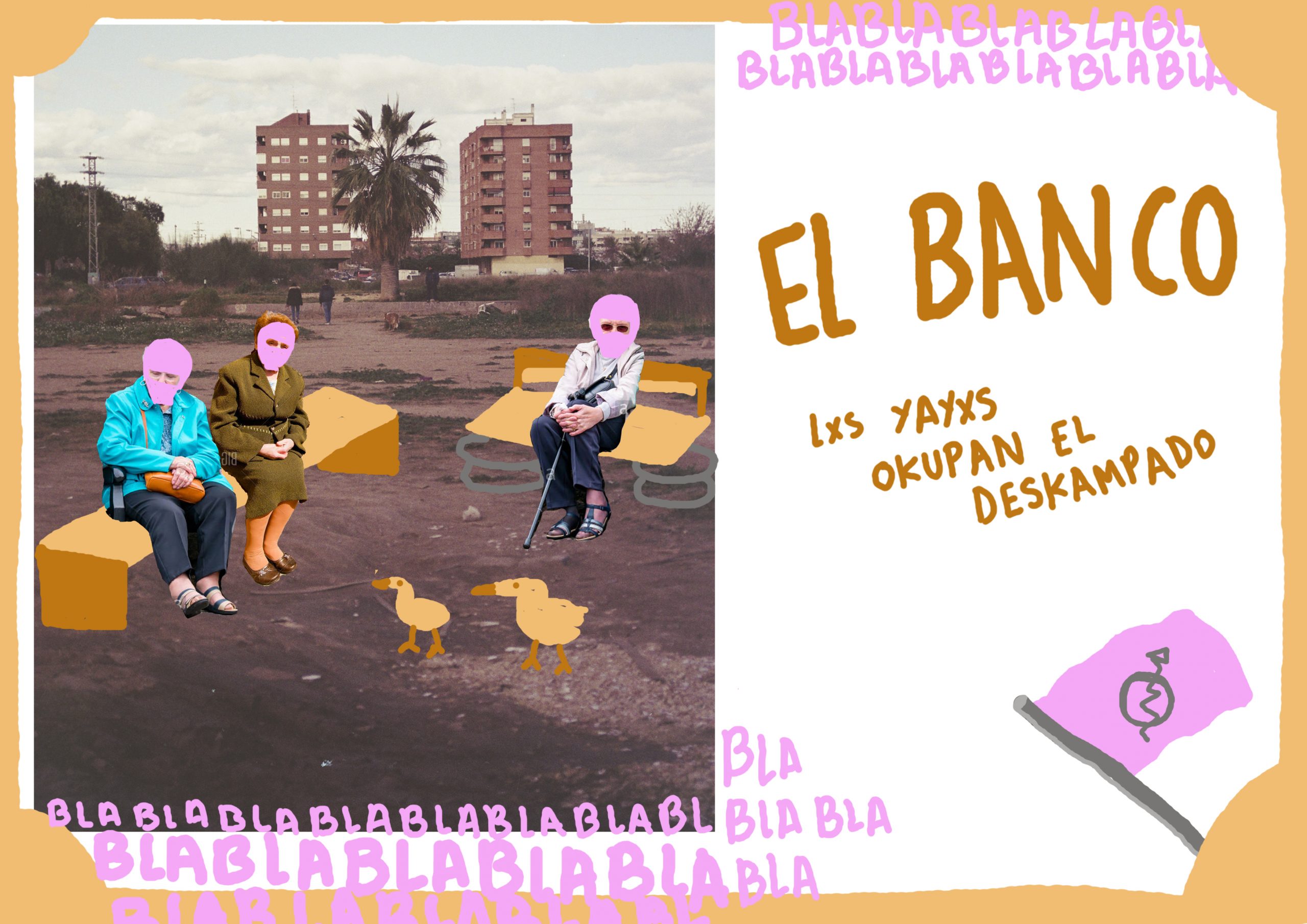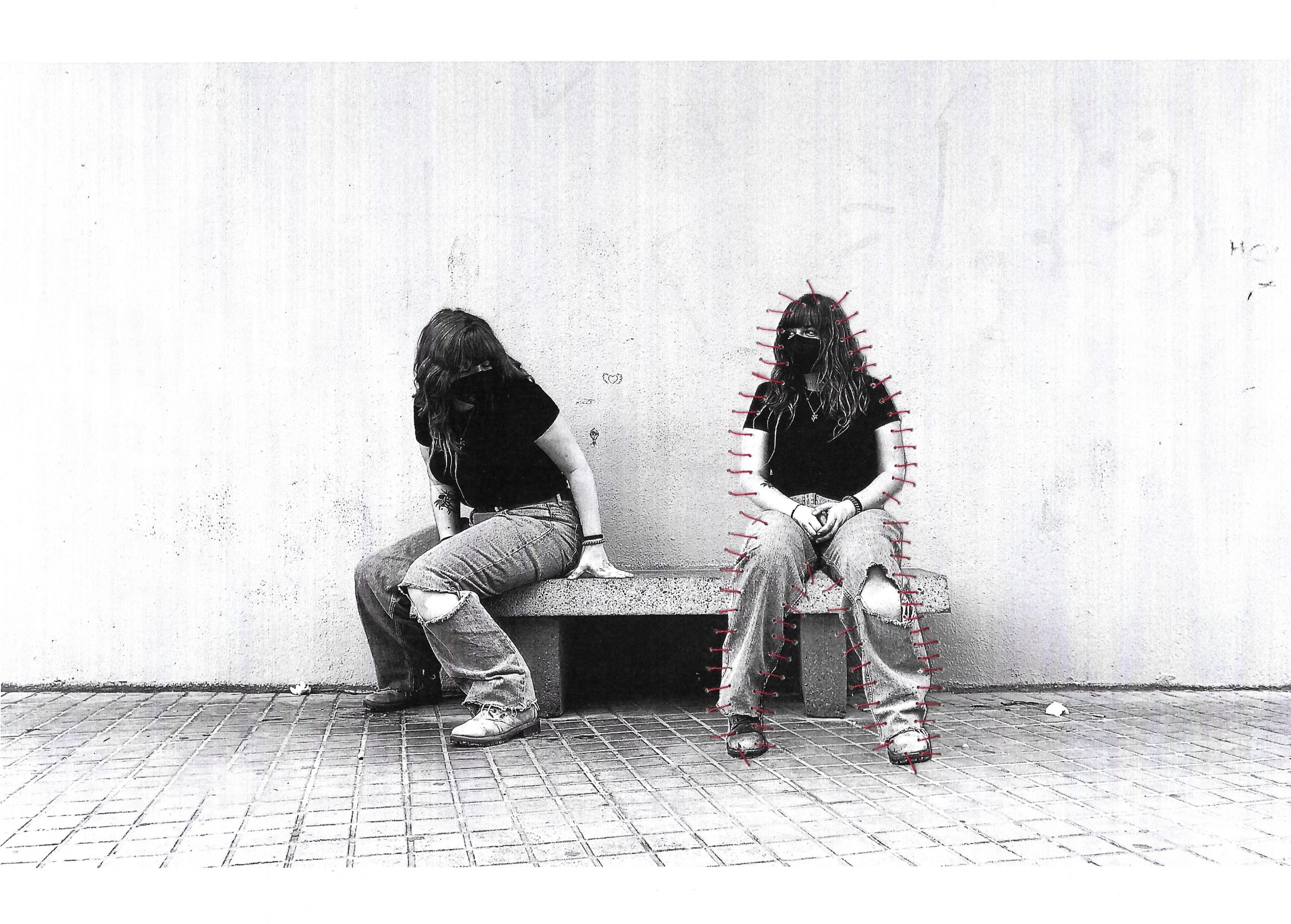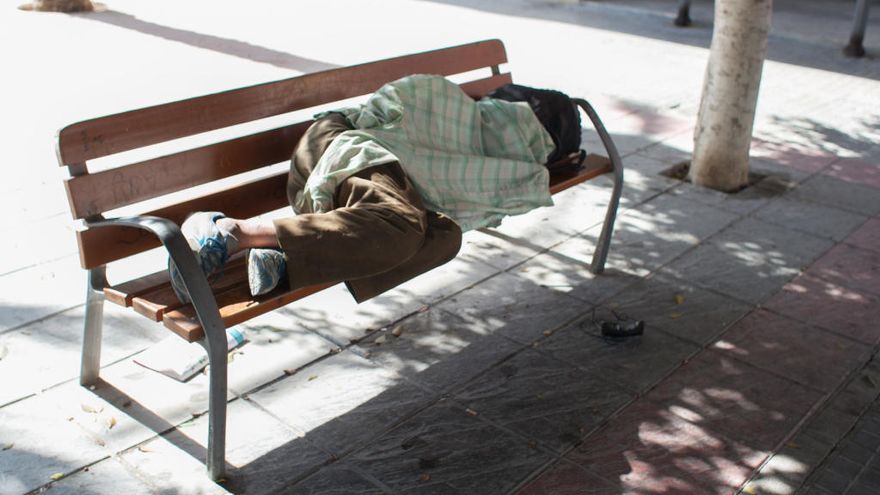Project Description

The grandmothers squat the open field
The primordial experience of the bench links us directly from childhood, linked to the space of the park as an immovable element linked to our first playground is always rooted in our space, from this moment of connection with our recreation and childhood leisure, although obviated by our childish look is built as an ever-present element even if unconsciously.
Later it becomes a protagonist in a different way and is superimposed in the hierarchy of objects for social relationship where youth congregates, the first intimate area where we develop our relationships and a space although public, with a strong private seal of meeting outside the rules of home, a space of liberation where young people create experiences and physical and collective intimacy. All this teaches us the importance of gathering people in a public delimited space, created for rest but converted at the convenience of who uses it to finally be a retreat for the elderly, an element of reflection or observation of the little ones while they play in their care closing the cycle.
If we extend in the time in the past the bench was an element more in the neighborhood meeting and the approach to the neighborhood community, it was located at the door of the houses, as in the contemporaneity where the older ladies have reconverted this figure in their mythical chairs to take the fresh air, greet and why not, gossip, or we can say, collect, the events of the neighborhood.
With these references we want to rehabilitate unused areas of the neighborhood and turn them into a space for discussion and historical connection between neighbors, creating with materials from the area and waste rest areas associated with the bank in places like the open field, where they can join generations and experiences.
We we need to place the “yayas”, the older ladies, as protagonists, since women, when they reach an age that society considers outdated, are stripped of the attributes of contemporary women and are relegated to a place without space, where they are no longer the focus of interest and are treated as if they were invisible. The roles of care, servitude and sweet and passive aesthetics are accentuated and embroidered in the collective imagination when thinking of these women, so we claim that bold and necessary malice for the ladies to squat with “k” a public space, often limited and coveted by all as is the bank, now with a new meaning, also with “k” and thus the metaphor that older women exist and must claim their place in the city, with the greatest possible force and impudence.




